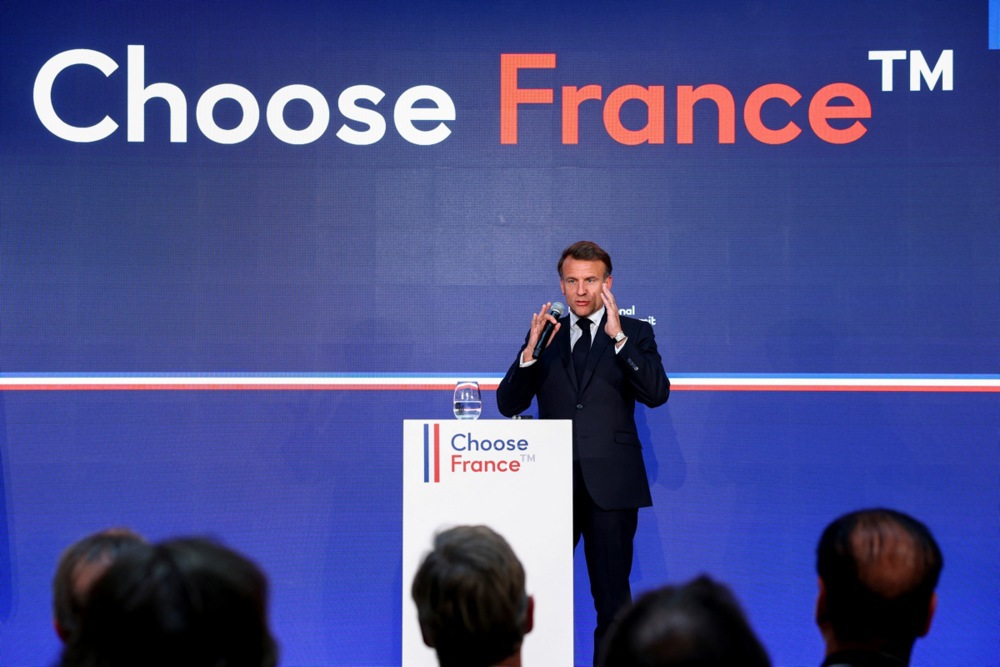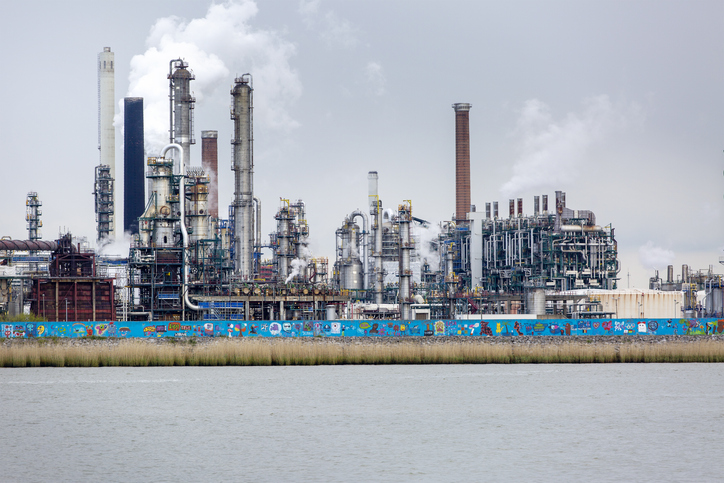Eurozone industrial production jumped 3.7 per cent year-on-year in May, according to July 16 Eurostat data.
A large part of that increase came from one source, though: US pharmaceutical firms operating in Ireland.
Ireland alone recorded a 40.7 per cent annual increase in output, far ahead of Finland (5.9 per cent) and Sweden (5 per cent), for example.
Without the contribution from Ireland, eurozone figures would be markedly weaker. Several large economies, including Belgium, France and Italy, posted declines, according to the latest report published by Eurostat, the statistical office of the European Union.
The rise was not broad-based; it was sectoral and “concentrated”, driven by multinationals, Ruben Dewitte, economist at ING, told Brussels Signal on July 16.
“In countries such as Ireland, where many pharmaceutical companies from the US are based, we’re seeing a significant growth figure”, he said.
“The increase in industrial production in the eurozone in May can largely be attributed to strong growth in pharmaceutical goods.”
That growth was mostly concentrated in one category. Eurostat reported an 8.5 per cent monthly rise in non-durable consumer goods, which included pharmaceuticals — compared to a 1.9 per cent drop for durable goods.
Dewitte pointed to the classification as a key explanatory factor: “Pharmaceutical products fall under the category of non-durable goods, which again explains the strong growth difference,” he said.
“Non-durable consumer goods, such as food, are consumed quickly, while durable goods, such as cars, are used over a longer period.”
Despite Ireland’s performance, industrial output fell in several large economies.
Belgium posted a 7.3 per cent year-on-year decline, while Bulgaria and Denmark were down 6.5 and 4.2 per cent, respectively. Germany grew modestly (2.2 per cent), while France and Italy both recorded drops.
The pharma surge has been supercharged by frontloading, companies accelerating exports to avoid future trade barriers.
Bank ING analysts noted in a July 15 publication that eurozone pharmaceutical production rose 27.7 per cent in May, reaching a new record high.
“Another spell of frontloading has boosted the May production numbers,” the analysis read.
But it also noted that growth was unevenly distributed. “Since eurozone pharma production is very concentrated in Ireland,” the report said. “There has not been a strong uptick in other countries’ production growth.”
It is not the first time Ireland has distorted eurozone indicators. After a 14 per cent surge in Irish industrial output in March, production collapsed by 13.7 per cent in April, a swing ING attributed to the volatile nature of multinational accounting and contract manufacturing
“Irish industrial production numbers don’t reflect actual activity on Irish soil,” as Brussels Signal reported in June.
Through licensing structures and intellectual property arrangements, pharmaceutical companies can record revenue and output in Ireland with limited domestic operations. That inflated Ireland’s figures, and, by extension, the eurozone’s.
Still, the May spike may cushion second-quarter GDP figures.
“Second quarter GDP may turn out not quite as bad as expected,” ING noted, although it cautioned against reading too much into the pharma effect.
“With weak service sector data, there is no room for optimism though; the eurozone economy seems set for stagnation in the short term. How much Americans stock up on medicine will not change that,” it said.
The spike also came as trade tensions have resurfaced.
On July 12, the US administration notified Brussels of a 30 per cent tariff threat. The measure was described as “separate from all sectoral tariffs”, but it has remained unclear how that would apply to pharmaceuticals. Uncertainty has been growing within the industry and policymakers have started raising concerns.
Ireland and Germany were seen as especially exposed.
When US President Donald Trump imposed 25 per cent tariffs on vehicles and parts in April, Germany was identified as the most at risk.
Pharmaceutical goods are now under scrutiny, with estimates circulating that targeted duties could reach up to 200 per cent.
Ireland, which sends more than half its goods exports to the US, would be particularly affected if pharmaceutical products are included.
In 2024, pharmaceuticals made up 15 per cent of all EU goods exports to the US, a higher share than cars. The sector remained critical to the European economy, contributing €311 billion in gross value added and supporting 2.3 million jobs in 2022. More than one-third of EU pharma exports go to the US.
An internal estimate from Brussels-based think-tank Bruegel suggested that if tariffs were applied to pharmaceuticals, Ireland could face a cumulative real GDP loss of 3 per cent by 2028.
Italy follows closely, with major exposure through transport and pharmaceutical goods. Belgium and Denmark were also considered vulnerable.
On July 1, Denmark assumed the rotating presidency of the Council of the European Union, a role that sets the legislative agenda and chairs negotiations between member states.
With the pharmaceutical industry a cornerstone of the Danish economy — home to multinational Novo Nordisk — Copenhagen has made life sciences a central theme of its six-month term.
“In a time marked by global uncertainty and complex health challenges,” the Danish wrote in its opening statement, “the Danish Presidency will place focus on life science and preparedness … to strengthen supply security and innovation capacity in the EU, promote access to medicines across member states and boost the resilience of the healthcare system.”
The agenda included ongoing negotiations on the pharmaceutical package and regulation on critical medicines, files that have gained new urgency as the risk of trade confrontation with Washington has grown.





